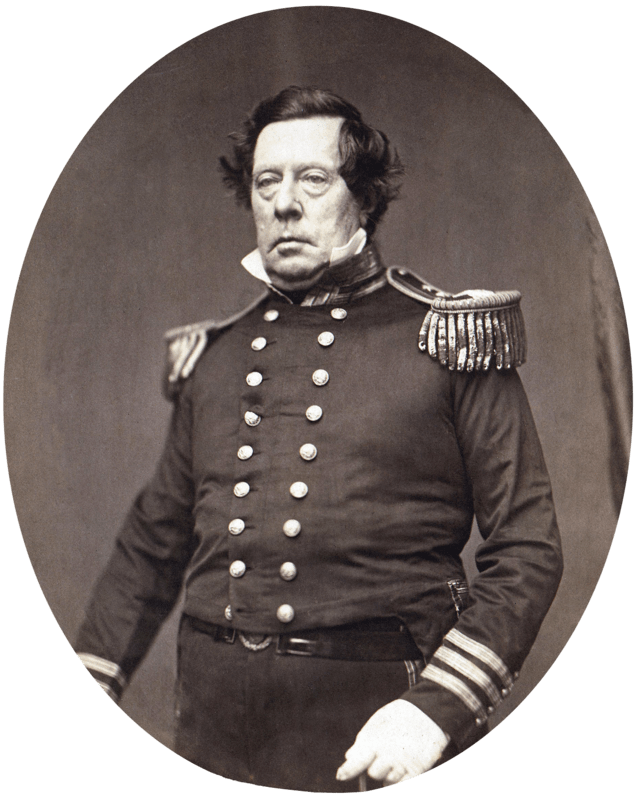
Japan and the United States share a unique relationship on the global stage. This site has covered some historical aspects of that relationship, from the post war reconstruction of Japan that bred a work culture resulting in the phenomenon of karoshi to the infamous kamikazes of World War II and how they came to be named after the “divine wind” that destroyed the Mongol invaders in the 13th century.
Other aspects of the give and take between the United States and Japan have radiated out from the two countries clashing in World War II and Japan’s destruction and revival in the wake of that massive conflict, some stranger than others. But the interactions between the United States and Japan go back far further than the Second World War. To begin to understand how the two nations have become intertwined, we must travel back to the mid-19th century, when the American West was still being settled and Japan was still an isolated, feudalistic country. These two wildly disparate cultures would collide in Tokyo Bay on July 8, 1853, when Commodore Mathew Perry, carrying a letter from the President of the United States addressed to the Emperor himself, led four heavily armed ships into the harbor.
Limited isolation
Commodore Perry’s 1853 expedition was not the first time a western power made overtures toward the Japanese. The Portuguese and the Dutch began trading with the Japanese in the 16th century, bringing matchlock muskets and Catholicism to the island nation. Gunpowder weapons proved decisive on Japanese battlefields, while Christianity was a subversive force that undermined the authority of the Shogunate and Emperor both.
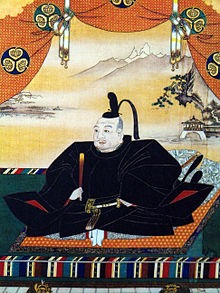
After securing absolute power in the wake of the Battle of Sekigahara, the Shogunate carried out harsh reprisals against the growing Christian movement in Japan, largely stomping out the religion. The Shogun also quarantined foreigners to certain select ports, notably the island of Dejima in Nagasaki, where they could engage in trade but were prohibited from spreading their religion or traveling around the country without special permission. The Portuguese then were largely excluded from Japan, as their trade was strongly tied to missionary work. The Dutch, with no such religious scruples, continued to trade. The Chinese were also allowed to trade in certain select ports.
While these tight restrictions did greatly impede the flow of Western ideas into Japan, it is overstating things to say Japan was completely “isolated.” Japanese scholars were allowed to study certain Western ideas, so long as they did not undermine the power of the Shogunate. This is an important point to remember–Japan was a top-down society. The isolation was imposed by elites to protect their power and to maintain order in a country that, for a large part of its history, was torn apart by internecine wars. And for 250 years, the system was largely successful.
Meanwhile, the rest of the world engaged in the Industrial Revolution, producing technological wonders that Japanese could not conceive of until they found themselves staring down the barrel of American cannons in 1853.
America and the Pacific
America, the upstart on the global scene, had vast expanses of land at its disposal. By the early to mid 19th century, the US had annexed California, opening up the Pacific to American merchants and missionaries.
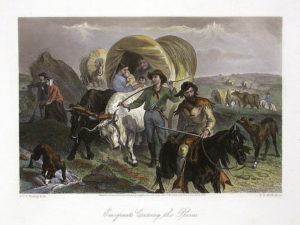
Many Americans were inspired by the idea of Manifest Destiny, the idea that Americans were exceptional people and that it was their mission to tame the wilds of North America. Upon reaching the West Coast, this idea grew to encompass the Far East. Now, it was the work of American merchants, missionaries, and other US citizens to spread the light of American civilization to those they saw as backwards and isolated, particularly China and Japan.
Of course, these high ideals likely only inspired a select few. Most looked toward the Far East with economic and political interests in mind. The Far East was an area of competition among the colonial powers due to its rich resources and vast untapped markets, both of which America wanted its slice of. In addition, America’s appetite for whale oil meant an increase in whaling in the Pacific. Japan in particular could be a port of call for whaling vessels, and later a coaling port when more steam ships took to the Pacific.
The Japanese, in keeping with their policy of isolation, denied American requests in the 1830s to establish ports for American whalers and to repatriate those who had been shipwrecked on Japanese shores. It was clear by that point that more persuasive arguments would need to be made in order to convince the Japanese to open their ports to American shipping.
A show of force
Commodore Perry would make those arguments quite eloquently in 1853. His small squadron must have been quite a sight to the Japanese, as at least one of the ships was a modern steam ship, belching black smoke as it steamed into the harbor. Perry demanded his letter be given to the Japanese Emperor (he was ignorant of the fact that the Shogun held the real power, and that the Emperor was merely a figurehead.) He threatened to unleash his firepower against the Japanese if they balked, and demonstrated by shelling a small village near Tokyo.
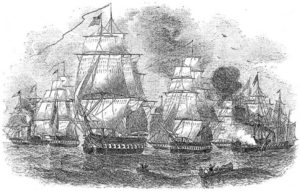
The Japanese, awed by the display and knowing they had nothing that could answer the American’s firepower, sought an audience with Perry, who further demonstrated American technological superiority by demonstrating such wonders as a a telegraph and a miniature steam powered locomotive. After the show of force, Perry left, telling the Shogun’s representatives that he would return the following spring for an answer.
Return he did, with twice the number of ships. Seeing no choice, the Shogunate gave in to the demands outlined in President Milliard Filmore’s letter. Namely, shipwrecked Americans would be protected and repatriated and two ports would be opened for use by American ships. Located in Shimoda and Hakodate, these ports would have their own consuls to govern American affairs. While there was no trade clause in the treaty, it did contain a “most favored nation” clause that would automatically grant any concessions given to other powers to America.
From medieval to modern
If Commodore Perry cracked the door, it was the Japanese themselves that threw it wide open. Townsend Harris, the first consul of a Japanese port, pushed for further negotiations with the Japanese, arguing for a more extensive trade contact. Seeing how the British used force to open China to the outside world, Japan decided to open itself willingly, if reluctantly, to trade with foreign powers.

The opening of Japan was, of course, a more complex and painful process than has been outlined here. Not everyone was on board, and wars would need to be fought to finally decide the issue. The take away point is that the process taught Japan some important lessons about its place in the world.
First, the Japanese realized they were far, far behind the rest of the world both technologically and militarily. If they could not catch up, they would surely be manipulated or even taken over by their foreign rivals, Indeed, once the Americans cracked the door, other nations tripped over themselves to try and secure treaties with Japan, many of them very lopsided in favor of the colonial powers, leading to resentment among the Japanese and the roots of a Japanese identity that would flower into fanatical nationalism in World War II.
The first realization fed into the next–they would have to open themselves to the outside world in a way that they hadn’t for over two hundred years if they wanted to remain independent. The Japanese actively recruited experts from abroad to help it modernize its infrastructure, military and political system.
The results were nothing short of extraordinary. In less than fifty years, Japan had raised itself up from a feudal backwater to a power on par with the strongest Western nations. The modernization of Japan, spurred by American intervention, set the two nations on the course that would eventually lead to World War II and beyond to Japan’s current state as an economic super power.
Sources:
Hickman, Kennedy. “Opening of Japan: Commodore Matthew C. Perry.” Militaryhistory.about.com. About.com. January 24. 2015. http://militaryhistory.about.com/od/naval/p/mcperry.htm
“Milestones: 1830-1860.” history.state.gov. US Department of State: Office of the Historian. January 24, 2015. https://history.state.gov/milestones/1830-1860/opening-to-japan
Munson, Todd S. “The Opening, Closing, and Re-Opening of Japan? Japanese Foreign Relations Before, During, and After the Tokugawa Shogunate (1600-1868): An Essay with Lesson Plan Notes.” Randolph-Macon College. http://www.rmc.edu/docs/default-source/asian-studies/the-opening-closing-and-re-opening-of-japan-japanese-foreign-relations-before-during-and-after-the-tokugawa-shogunate-%281600-1868%29-%28pdf%29.pdf?sfvrsn=0
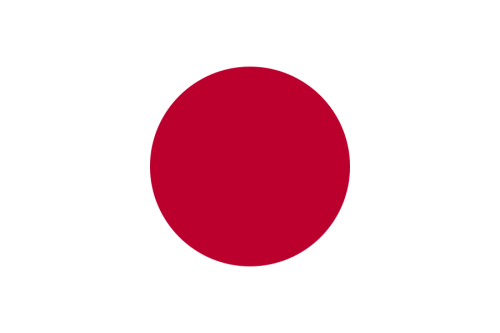
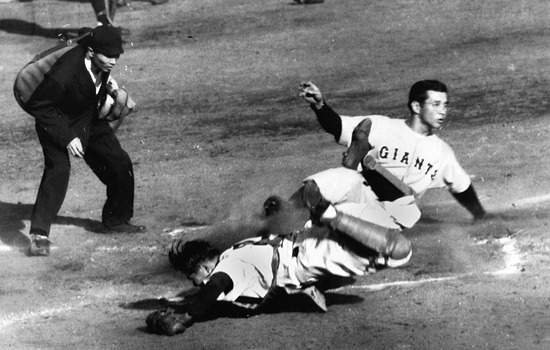
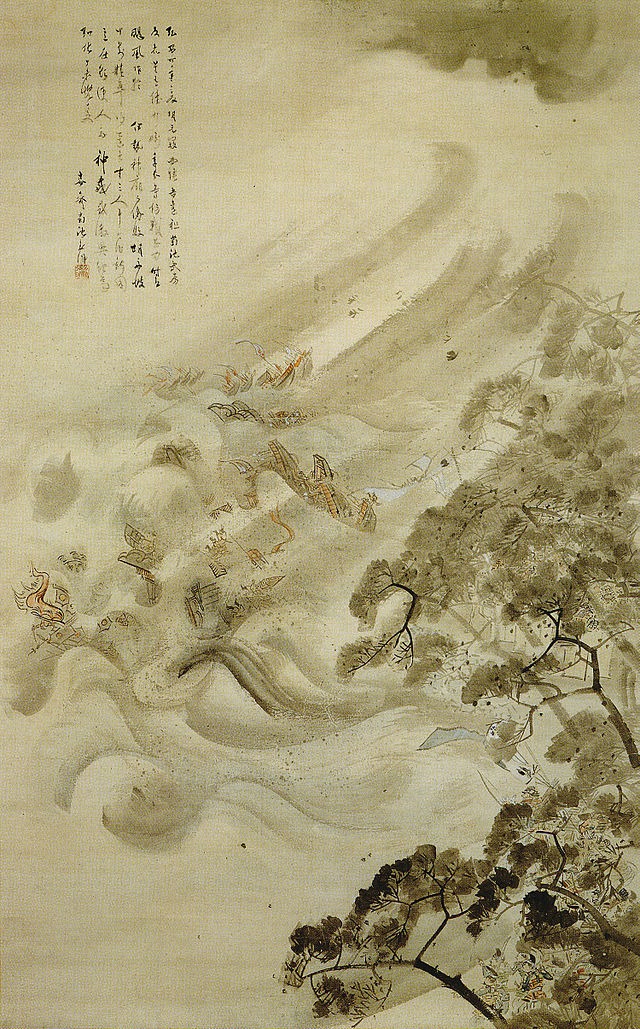
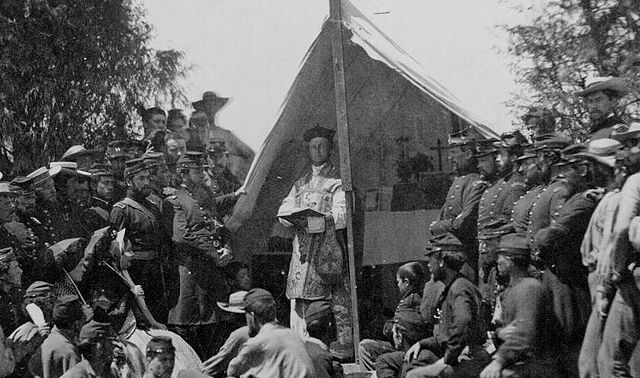
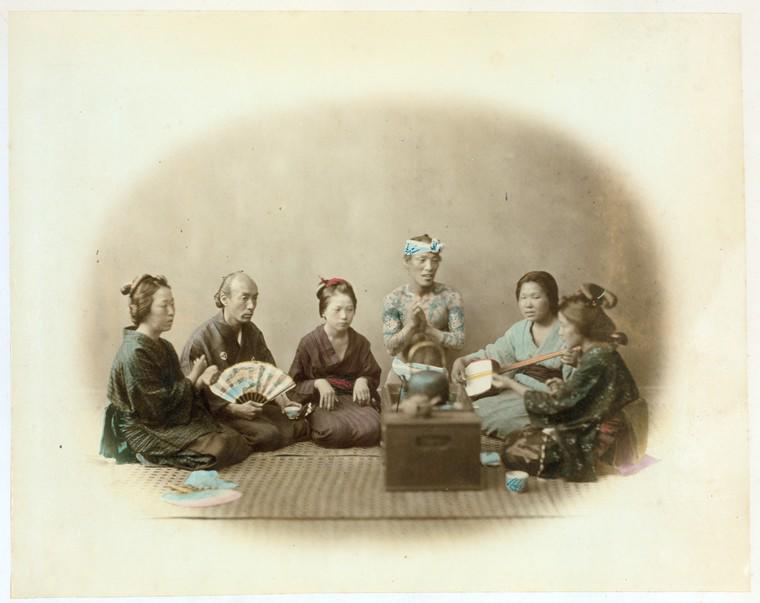
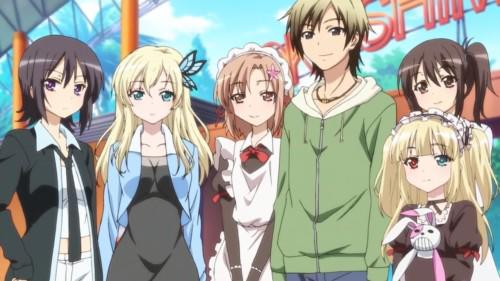
Hmmmm….
so America wasn’t always the good guy was it?
Hmmm interesting very interesting
Good article very good article
Like all nations, the United States has a checkered history. The forced opening of Japan is one of those less savory moments that sowed some of the seeds that sparked World War 2. I’m glad you enjoyed the article.